The 12 months to February 2022 saw 55,008 wild deer culled in Ireland, a record since data collection began.
Data released by the National Parks and Wildlife Service (NPWS) to the Irish Deer Commission shows that the deer cull for the year was 24% up on the previous record set in 2019 when 44,381 deer were culled.
Co Wicklow saw the highest number of deer culled with 15,280 animals removed with Tipperary (4,770), Waterford (3,679), Galway (3,618), Kerry (2,568) and Cork (2,492) following.
These six counties made up some 70% of the national deer cull at 38,526 deer. Only 111 deer were culled in Longford and just 152 in Louth.
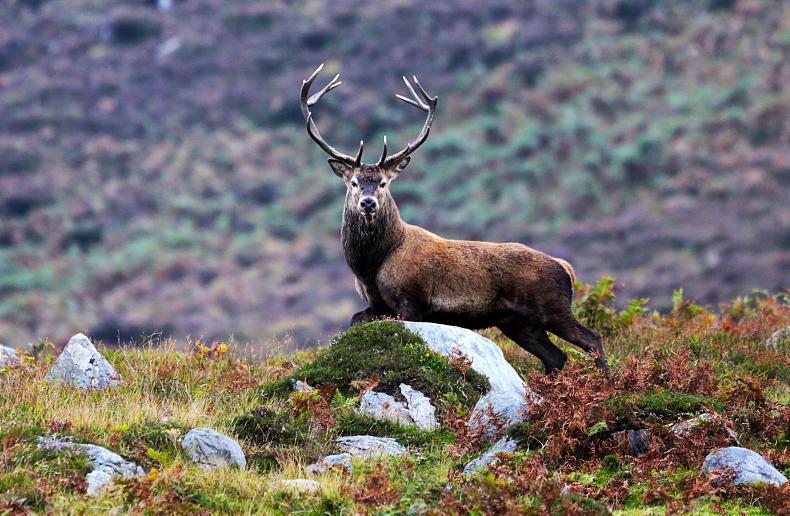
Over 15,000 deer were culled in Co Wicklow over the 12 month period. \ Valerie O’Sullivan
However, Irish Deer Commission spokesperson Damien Hannigan said “the actual deer cull is likely to be significantly higher as the cull total does not include wild deer killed illegally through poaching, nor does the total include the growing number of deer killed on our roads”.
Declarations
Deer hunters must make an annual declaration to NPWS stating the number of deer they’ve culled by county, sex and species and this data is then provided to the Irish Deer Commission annually.
While the data is not independently verified, hunters are required to sign a declaration confirming the accuracy of the information returned.
“Over the last five years over 200,000 wild deer were culled in Ireland under licence from the NPWS and [this] highlights the important role licensed deer hunters play in managing deer at sustainable levels to minimise negative impacts on farming, forestry, and the wider ecosystem.
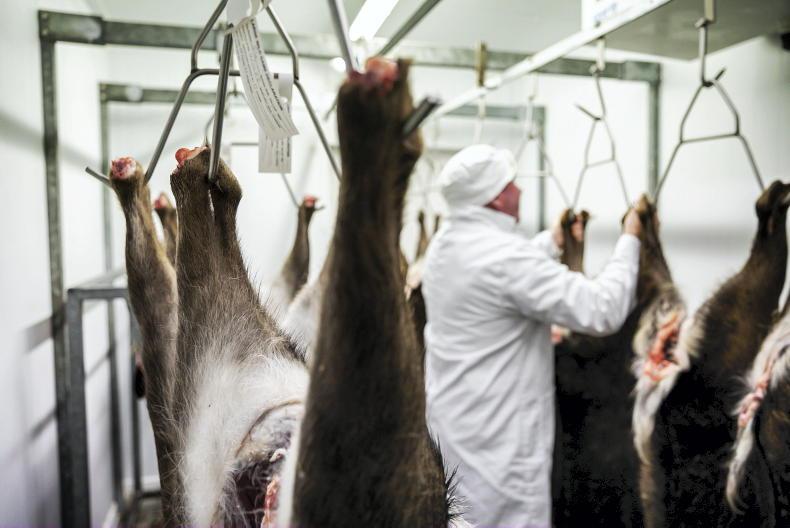
A crash in venison prices has contributed to deer population growth, says the Irish Deer Commission. \ Philip Doyle
“The Irish Deer Commission actively work with landowners who suffer negative impacts from wild deer, we also support the various agencies who deal with an increasing number of deer vehicle collisions on our roads through a network of trained members,” Hannigan said.
The average number of deer culled per hunter has remained between six and eight deer annually since records began in 1999.
Licenses issued
The Irish Deer Commission suggests that the granting of additional licenses for deer culling is one factor leading to increased culls.
Culling license numbers have grown significantly with 6,232 licenses issued in 2022, up 17% from the previous year when 5,344 licences were issued.
These licenses permit the culling of deer during the open culling season from 1 September to 28 February, with dedicated periods when male and female deer can be culled.
There is no open season for native red deer in Co Kerry due to their national conservation importance and therefore, population management is undertaken by local NPWS staff.
6,751 deer were also culled out of season through the granting of permits under section 42 of the Wildlife Acts, with 924 permits granted by NPWS nationally.
Some 608 of these out-of-season permits were granted in Co Wicklow alone which resulted in 4,717 deer culled.
Hannigan said best practice deer management requires more female deer to be culled than males and that the cull returns to February 2022 show that 26,216 females were culled versus 22,401 males.
Deer numbers up
The Irish Deer Commission said restrictions around the management of deer during the Covid-19 pandemic, combined with a worldwide crash in venison prices, delays by NPWS in the issuing of deer culling permits, poor forestry design and a rapid expansion of afforestation in Ireland have all created the “perfect storm” for deer numbers to increase.
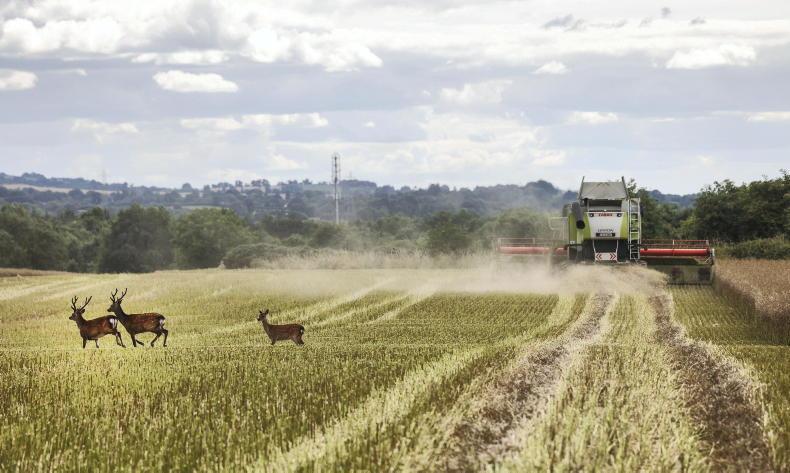
Licensed deer hunters play an important role in managing deer at sustainable levels to minimise negative impacts on farming, says the Irish Deer Commission. \ Damien Eagers
“The population of wild deer in Ireland is unknown, as a population census has never taken place, so calls for culls are often ill informed or from individuals who do understand how to manage deer to ensure they co-exist with other land uses.
“Many people are not aware we already have a national cull of over 55,000 wild deer each year. The management of wild deer has become an increasingly emotive topic with polarised views from those in farming, forestry, rewilding, tourism, photographers, hunting, and conservationists,” Hannigan said.
Read more
Deer numbers: TB risk, silage loss and road safety issues
Deer spreading and populations rising
The 12 months to February 2022 saw 55,008 wild deer culled in Ireland, a record since data collection began.
Data released by the National Parks and Wildlife Service (NPWS) to the Irish Deer Commission shows that the deer cull for the year was 24% up on the previous record set in 2019 when 44,381 deer were culled.
Co Wicklow saw the highest number of deer culled with 15,280 animals removed with Tipperary (4,770), Waterford (3,679), Galway (3,618), Kerry (2,568) and Cork (2,492) following.
These six counties made up some 70% of the national deer cull at 38,526 deer. Only 111 deer were culled in Longford and just 152 in Louth.

Over 15,000 deer were culled in Co Wicklow over the 12 month period. \ Valerie O’Sullivan
However, Irish Deer Commission spokesperson Damien Hannigan said “the actual deer cull is likely to be significantly higher as the cull total does not include wild deer killed illegally through poaching, nor does the total include the growing number of deer killed on our roads”.
Declarations
Deer hunters must make an annual declaration to NPWS stating the number of deer they’ve culled by county, sex and species and this data is then provided to the Irish Deer Commission annually.
While the data is not independently verified, hunters are required to sign a declaration confirming the accuracy of the information returned.
“Over the last five years over 200,000 wild deer were culled in Ireland under licence from the NPWS and [this] highlights the important role licensed deer hunters play in managing deer at sustainable levels to minimise negative impacts on farming, forestry, and the wider ecosystem.

A crash in venison prices has contributed to deer population growth, says the Irish Deer Commission. \ Philip Doyle
“The Irish Deer Commission actively work with landowners who suffer negative impacts from wild deer, we also support the various agencies who deal with an increasing number of deer vehicle collisions on our roads through a network of trained members,” Hannigan said.
The average number of deer culled per hunter has remained between six and eight deer annually since records began in 1999.
Licenses issued
The Irish Deer Commission suggests that the granting of additional licenses for deer culling is one factor leading to increased culls.
Culling license numbers have grown significantly with 6,232 licenses issued in 2022, up 17% from the previous year when 5,344 licences were issued.
These licenses permit the culling of deer during the open culling season from 1 September to 28 February, with dedicated periods when male and female deer can be culled.
There is no open season for native red deer in Co Kerry due to their national conservation importance and therefore, population management is undertaken by local NPWS staff.
6,751 deer were also culled out of season through the granting of permits under section 42 of the Wildlife Acts, with 924 permits granted by NPWS nationally.
Some 608 of these out-of-season permits were granted in Co Wicklow alone which resulted in 4,717 deer culled.
Hannigan said best practice deer management requires more female deer to be culled than males and that the cull returns to February 2022 show that 26,216 females were culled versus 22,401 males.
Deer numbers up
The Irish Deer Commission said restrictions around the management of deer during the Covid-19 pandemic, combined with a worldwide crash in venison prices, delays by NPWS in the issuing of deer culling permits, poor forestry design and a rapid expansion of afforestation in Ireland have all created the “perfect storm” for deer numbers to increase.

Licensed deer hunters play an important role in managing deer at sustainable levels to minimise negative impacts on farming, says the Irish Deer Commission. \ Damien Eagers
“The population of wild deer in Ireland is unknown, as a population census has never taken place, so calls for culls are often ill informed or from individuals who do understand how to manage deer to ensure they co-exist with other land uses.
“Many people are not aware we already have a national cull of over 55,000 wild deer each year. The management of wild deer has become an increasingly emotive topic with polarised views from those in farming, forestry, rewilding, tourism, photographers, hunting, and conservationists,” Hannigan said.
Read more
Deer numbers: TB risk, silage loss and road safety issues
Deer spreading and populations rising








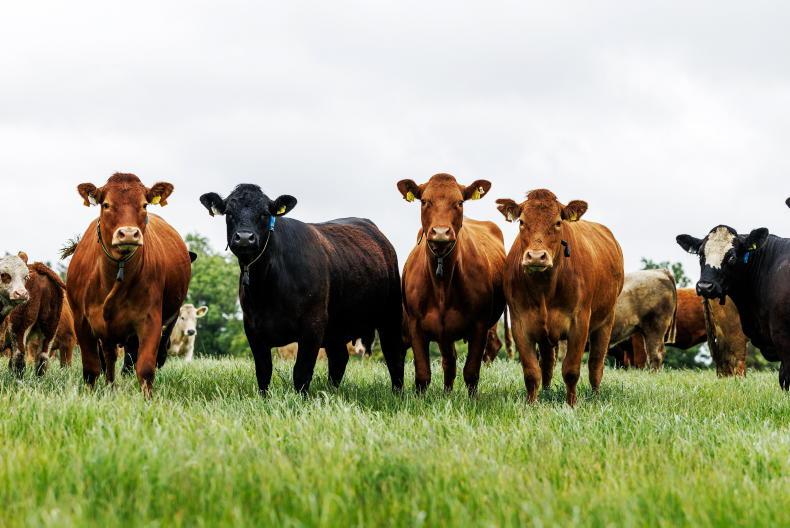

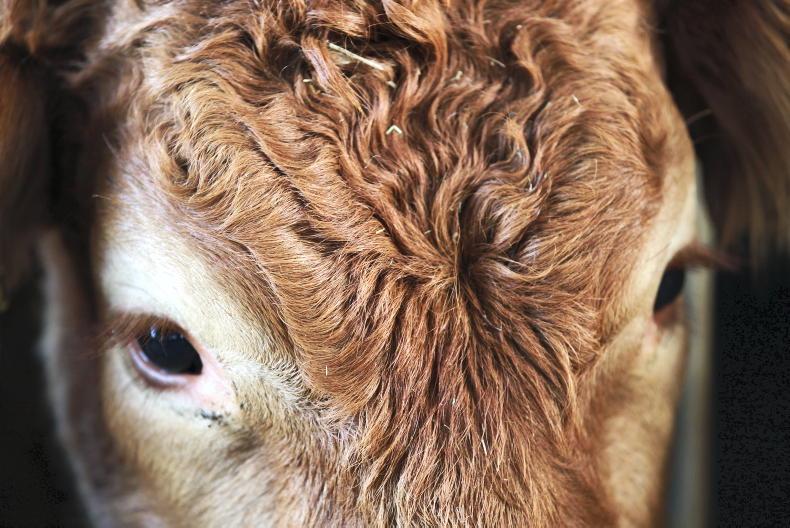

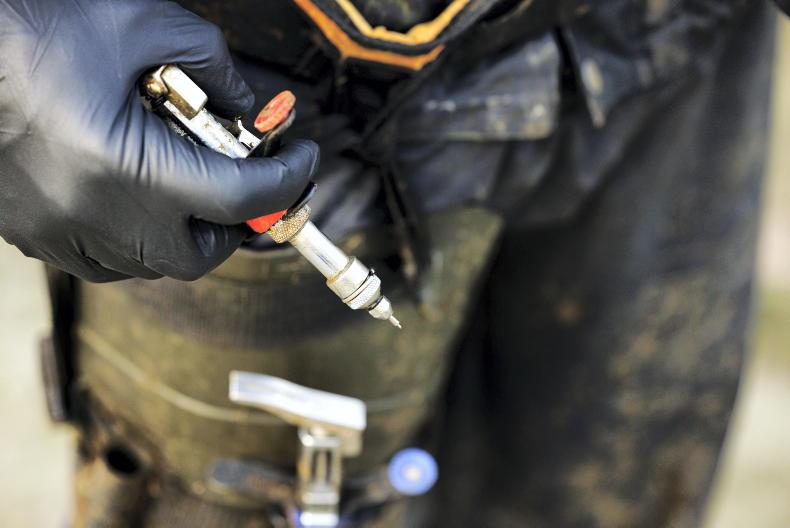
SHARING OPTIONS